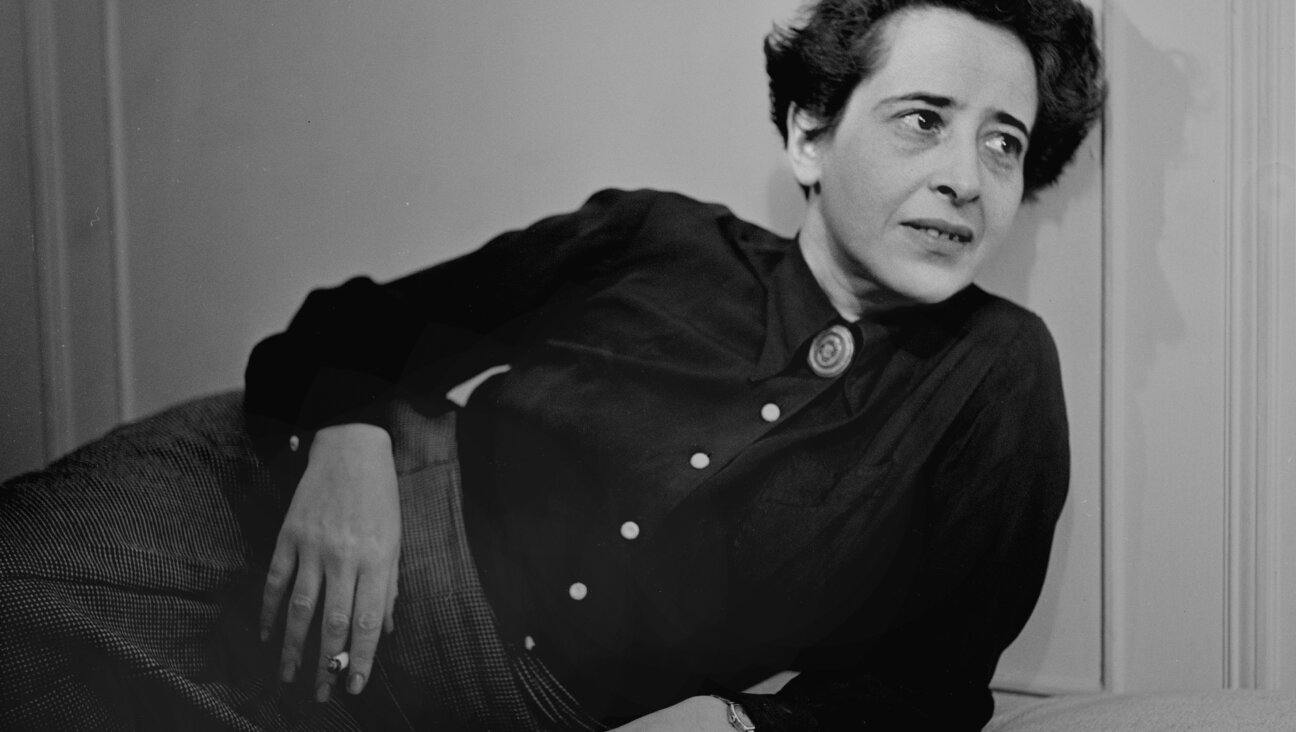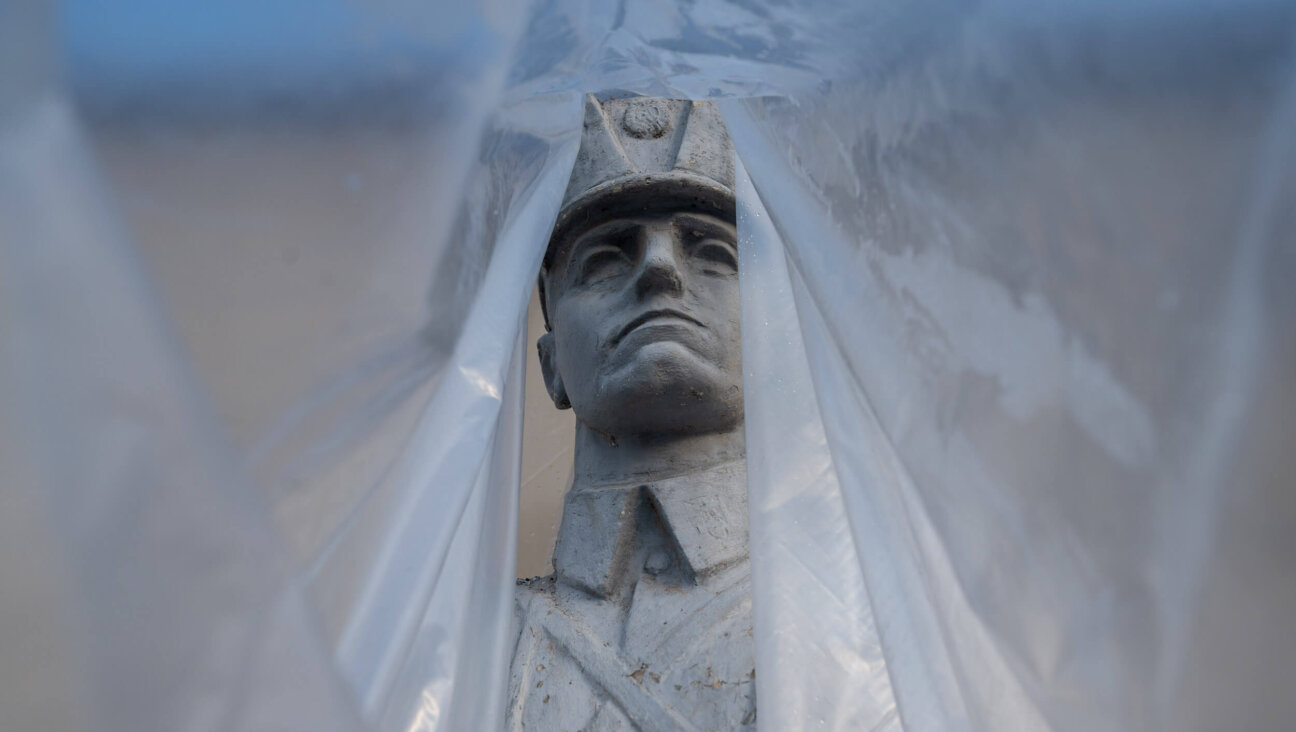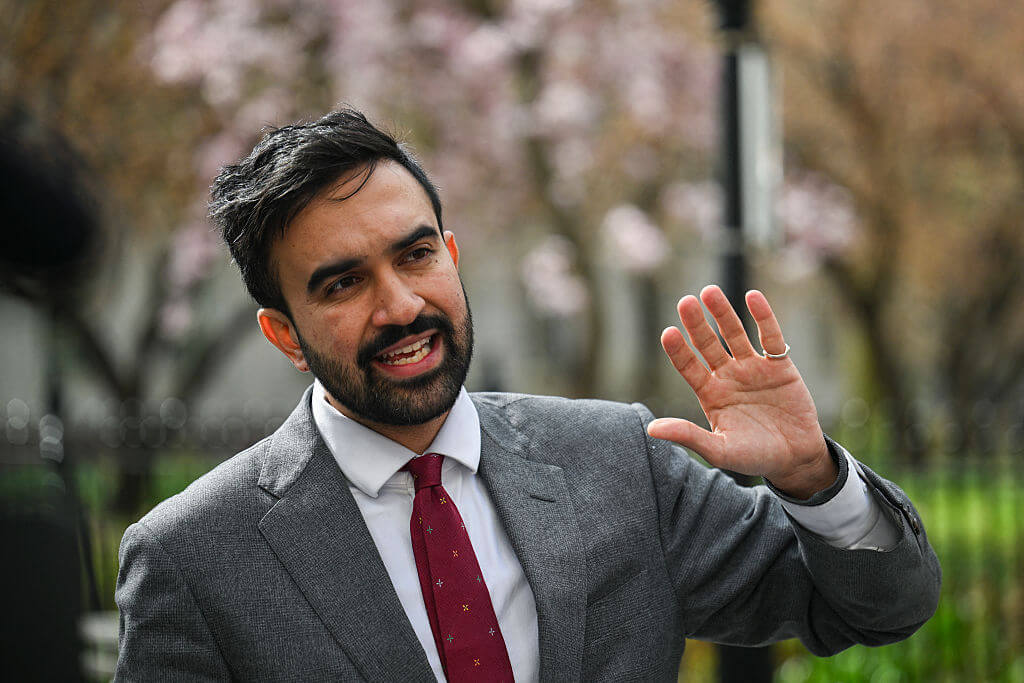Un-Freudian Principles Of Dream Interpretation
And Pharaoh dreamed “he stood by the river. And, behold, there came up out of the river seven kine, well-favored and fat-fleshed; and they grazed in the reed-grass.” But the seven thin cows that came after them ate them up, and the seven fat blades of wheat in the next dream are eaten by seven thin blades.
I’m tempted to say that we now understand the first dream to be a dream of the Atkins diet, in which the “fat-fleshed” cows represent sources of fats permitted to people dreaming of becoming thin and remaining thin even if they eat steak. And the second dream is a dream of the anti-Atkins diet in which wheat and other carbohydrates are permitted. But under these interpretations the two dreams are incompatible.
We need some assistance to arrive at a new interpretation, and Freud is of no use since these are not our dreams, and Joseph didn’t ask Pharaoh to free associate.
The wonderful and lengthy discussion of dream interpretation in the Talmud (Berakot 55a-57b) starts with the notion that dreams come from God and then moves on to the great injunction of Rabbi Hisda: “A dream un-interpreted is a letter unread.”
First talmudic principle (Berakot 55a): “R. Johanan started by quoting Jeremiah 23:28: ‘What hath the straw to do with the wheat, saith the Lord.’ [The question was raised:] What has straw and wheat to do with dreams? The truth is, said R. Johanan in the name of R. Simeon b. Yohai, that just as you can’t have wheat without straw, so there can’t be a dream without some nonsense.”
This is the method Joseph used to interpret Pharaoh’s dreams. The fact that in the dream Pharaoh stood on a bank of the Nile is straw; it plays no role in Joseph’s interpretation. The fact that the cattle came up out of a river is straw. The fact that they fed on the reeds at the edge of the river is straw. And there’s even more straw since the two dreams are one, and so the difference between cattle and wheat is irrelevant.
So, what isn’t straw? Whatever Joseph used: the number seven, and two groups succeeding each other, the first group being fat and the next thin, and the second group eating up the first but remaining famished. This method of interpretation focuses on the overall logic of a dream and doesn’t get distracted by the reeds on the bank of the river. This is very different to Freud’s notion that there is no such thing as a trivial detail in a dream; for Freud, all images are determined, and usually over-determined.
Another talmudic principle of dream interpretation (Berakot 55b): “R. Huna b Ammi said in the name of R. Pedath, who had it from R. Johanan: If someone has a dream which makes him sad he should… have a good twist put on it in the presence of three other people.”
This is exactly what Joseph did, as reported in Genesis 41:16: “And Pharaoh said unto Joseph, ‘I have dreamed a dream….’ And Joseph answered Pharaoh, saying: ‘It is not in me; God will give Pharaoh an answer of peace.’”
Joseph had just been taken out of his dungeon and given a quick haircut and generally cleaned up and then brought into the presence of The Ruler of All Egypt. He didn’t need to hear Pharaoh’s dreams to be sure of one thing about his interpretation: It was going to be positive. He said, without waiting to hear the content of the dreams: ‘It is a dream of peace, my Pharaoh.’
Another talmudic principle of dream interpretation (Berakot 55b): “R. Bizda b Zabda said in the name of R. Akiba… There were twenty-four interpreters of dreams in Jerusalem. Once I dreamed a dream and I went round to all of them and they all gave different interpretations….”
The same dream can be given quite different interpretations. The interpretation of Pharaoh’s dreams in the story was the interpretation meant for Pharaoh, but for us the dreams are Torah, and so we must derive meanings for ourselves from them.
For me, Pharaoh’s dreams have to do with midrash. The river out of which the cattle and wheat came is the Torah. The fat cattle and wheat coming out of the river represent midrashic interpretations of the text, which are plump with pleasure and meaning because they are fed from the abundance of the imagination. The thin cattle and wheat represent unimaginative literal-minded commentaries, which can only derive from the Torah the skin and bones of prosaic meaning. Their displacement of midrash causes a famine among those who are hungry for religious significance.
The Torah is the dream of the Children of Israel, and a dream uninterpreted is a letter unread.
David Curzon is a contributing editor of the Forward and the author of “The View From Jacob’s Ladder: 100 Midrashim,” among others.
The Forward is free to read, but it isn’t free to produce

I hope you appreciated this article. Before you go, I’d like to ask you to please support the Forward.
Now more than ever, American Jews need independent news they can trust, with reporting driven by truth, not ideology. We serve you, not any ideological agenda.
At a time when other newsrooms are closing or cutting back, the Forward has removed its paywall and invested additional resources to report on the ground from Israel and around the U.S. on the impact of the war, rising antisemitism and polarized discourse.
This is a great time to support independent Jewish journalism you rely on. Make a gift today!
— Rachel Fishman Feddersen, Publisher and CEO
Support our mission to tell the Jewish story fully and fairly.
Most Popular
- 1

Fast Forward Why the Antisemitism Awareness Act now has a religious liberty clause to protect ‘Jews killed Jesus’ statements
- 2

Culture Trump wants to honor Hannah Arendt in a ‘Garden of American Heroes.’ Is this a joke?
- 3

Fast Forward The invitation said, ‘No Jews.’ The response from campus officials, at least, was real.
- 4

Opinion A Holocaust perpetrator was just celebrated on US soil. I think I know why no one objected.
In Case You Missed It
-

Opinion The secret cost of Israel’s wars ravaged my family. It’s only getting worse
-

Yiddish מחשבֿות פֿון אַן אַהיים־געקומענעם (אַ מלחמה־טאָגבוך)Reflections of a soldier after returning home (a wartime diary)
דער מחבר איז אַ סטודענט אינעם ירושלימער העברעיִשן אוניווערסיטעט, אינעם צווייטן יאָר ייִדיש־לימוד
-

Fast Forward Why the Antisemitism Awareness Act now has a religious liberty clause to protect ‘Jews killed Jesus’ statements
-

News At Harvard, reports on antisemitism and anti-Palestinian bias reflect campus conflict over Israel
-
Shop the Forward Store
100% of profits support our journalism
Republish This Story
Please read before republishing
We’re happy to make this story available to republish for free, unless it originated with JTA, Haaretz or another publication (as indicated on the article) and as long as you follow our guidelines.
You must comply with the following:
- Credit the Forward
- Retain our pixel
- Preserve our canonical link in Google search
- Add a noindex tag in Google search
See our full guidelines for more information, and this guide for detail about canonical URLs.
To republish, copy the HTML by clicking on the yellow button to the right; it includes our tracking pixel, all paragraph styles and hyperlinks, the author byline and credit to the Forward. It does not include images; to avoid copyright violations, you must add them manually, following our guidelines. Please email us at [email protected], subject line “republish,” with any questions or to let us know what stories you’re picking up.














